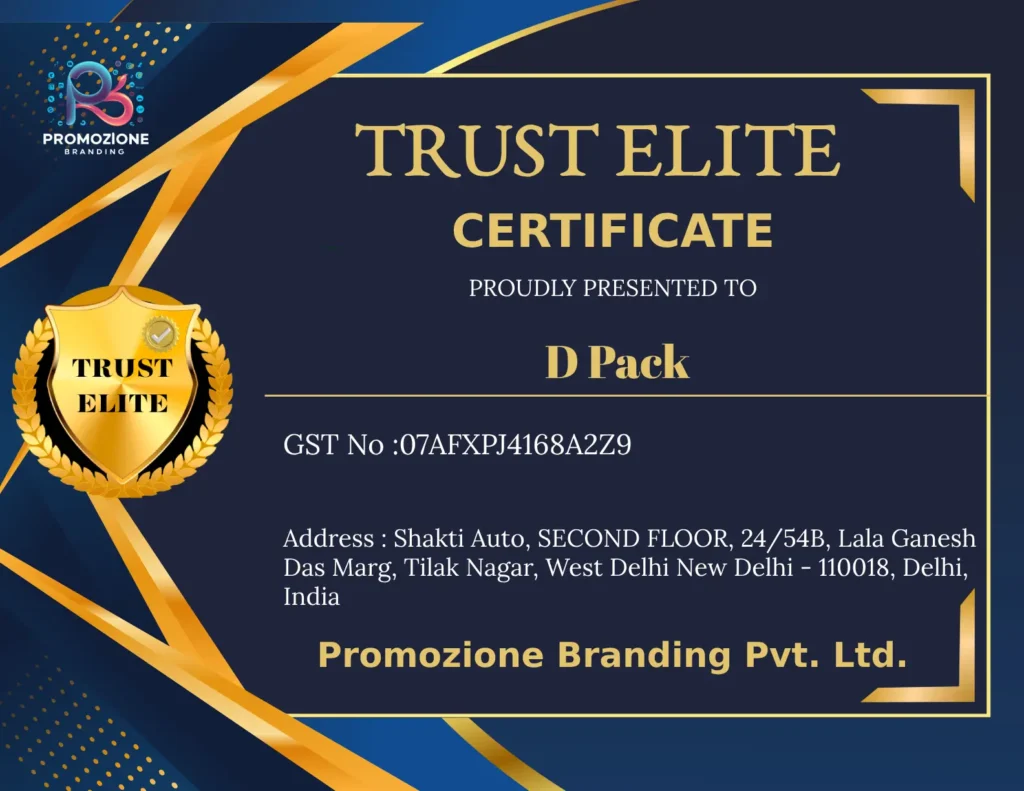
Gap Fillers Explained: Versatile Solutions for Securing Cargo in Transit
In such modern conditions, today, it is a top-class priority to secure cargo. Damaged goods not only lead to financial losses but also create damaged reputations. This is in part where gap fillers become purposely indispensable as tools in the protection of cargo. Gap fillers are changing the way we think about cargo security damage-free transport to asset optimizations in logistics.
What Are Gap Fillers?
Gaps fillers are substances used to fill voids inside packages, containers, or pallets during transport. The main use for them is to prevent movement and reduce the possibility of damage to goods. There are several different types of gap fillers: filled airbags, foam inserts, corrugated cardboard, as well as inflatable dunnage bags-all of them can be applied to almost every possible industry.
The Importance of Gap Fillers in Cargo Security
1. Protect Against Damage
While in transit, goods will generally be subject to vibrations, jerk stops, and uneven road conditions. Gap fillers cushion products and absorb shock from any hits against each other or the walls of the container.
2. Optimize Space Utilization
Shipping capacity empty spaces inside the shipping containers or on pallets creates instability Which can influence the cost of transportation. Gap fillers help fill this space correctly so that the stuff is tightly packed, reducing the chances of its shifting.
3. Enhance Supply Chain Efficiency
They helped avoid damage that would have caused returns or repairs, thus saving time and money. This efficiency contributes to the overall reliability of the supply chain.
4. Versatility Across Industries
Gap fillers are required by different industries such as e-commerce, manufacturing, automotive, and food and beverages. Moreover, they are highly adaptable to any items such as fragile glassware and heavy machinery.
Types of Gap Fillers
- Inflatable Dunnage Bags: Air-filled bags that provide a snug fit for cargo during transit.
- Foam Inserts: Molded foam designed to hold items securely in place.
- Corrugated Cardboard: Lightweight yet sturdy fillers for lightweight items.
- Bubble Wrap Sheets: Dual-purpose fillers that protect and secure items in place.
- Reusable Plastic Inserts: Ideal for eco-conscious businesses looking for sustainable solutions.
How Gap Fillers Improve Business Operations
1. Boost Customer Satisfaction
Delivering products in pristine condition enhances customer trust and loyalty. Gap fillers play a key role in ensuring damage-free deliveries.
2. Reduce Costs
Preventing product damage minimizes costs associated with returns, repairs, or replacements, leading to better profit margins.
3. Align with Sustainability Goals
With eco-friendly options, businesses can meet their sustainability targets while ensuring cargo safety.
4. Improve Brand Reputation
Reliable delivery and undamaged goods enhance a brand’s reputation in the market.
Innovative Applications of Gap Fillers
- E-commerce: Protecting fragile items like electronics and glassware during home deliveries.
- Automotive Industry: Securing engine parts and delicate machinery in transit.
- Food & Beverage: Preventing movement of bottles, cans, and other perishables.
- Retail: Ensuring smooth delivery of furniture and home decor items.
Tips for Choosing the Right Gap Fillers
- Assess Your Cargo: Understand the size, weight, and fragility of your goods.
- Consider the Mode of Transport: Air, road, or sea transport may require different types of gap fillers.
- Focus on Sustainability: Opt for recyclable or biodegradable materials to align with eco-friendly practices.
- Test for Compatibility: Ensure the gap filler you choose works seamlessly with your packaging setup.
Conclusions
Gap fillers are the silent stalwarts of cargo safety. They provide an effective, economical, and environmental solution to safeguard products while being transported. They are essential for both protecting fragile products and for space utilization, enabling a business to perform efficiently while pleasing customers. No matter the industry-e-commerce, automotive, or even food & beverage-this will be a move toward smooth and damage-free deliveries by using gap fillers in your logistics strategy.
FAQs
1. What are gap fillers used for in cargo transport?
Gap fillers are used to fill empty spaces in packaging or containers to prevent cargo from shifting or getting damaged during transit.
2. Can gap fillers be reused?
Yes, many gap fillers, such as reusable plastic inserts, are designed for multiple uses.
3. Are there eco-friendly gap filler options available?
Absolutely! Sustainable gap fillers made from biodegradable or recyclable materials are widely available.
4. How do I choose the right gap filler for my business?
Evaluate your cargo’s size, weight, and fragility, and consider the transportation method to select the best gap filler.
5. Do gap fillers increase shipping costs?
No, gap fillers optimize space utilization and prevent damages, often reducing overall shipping costs.


